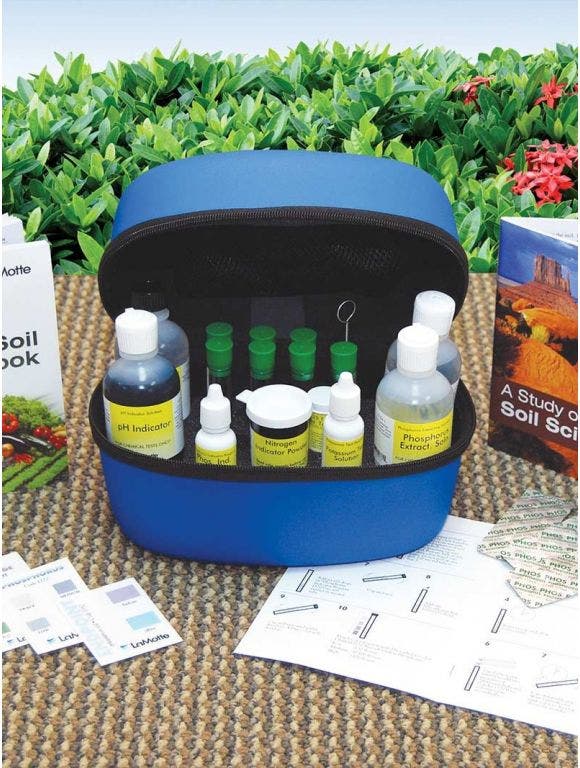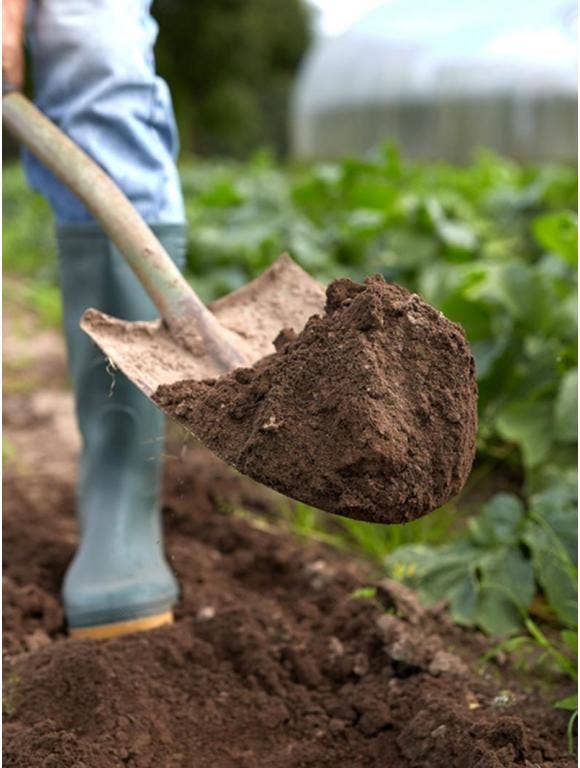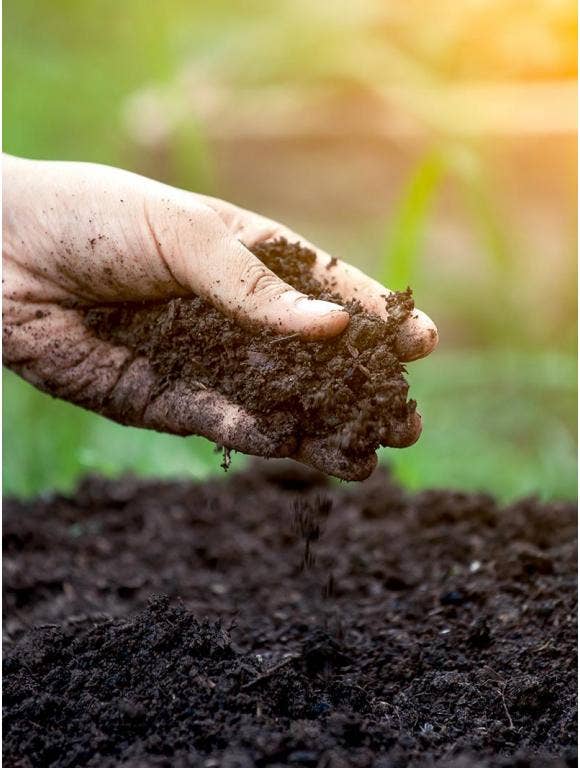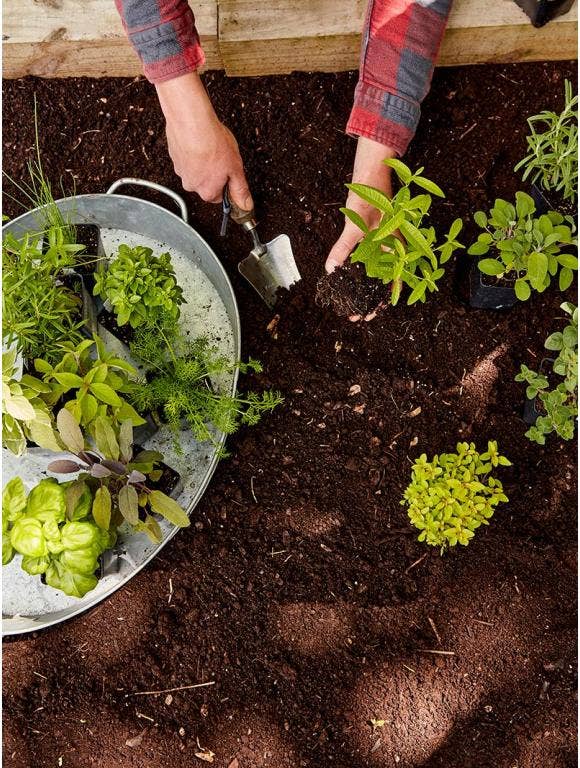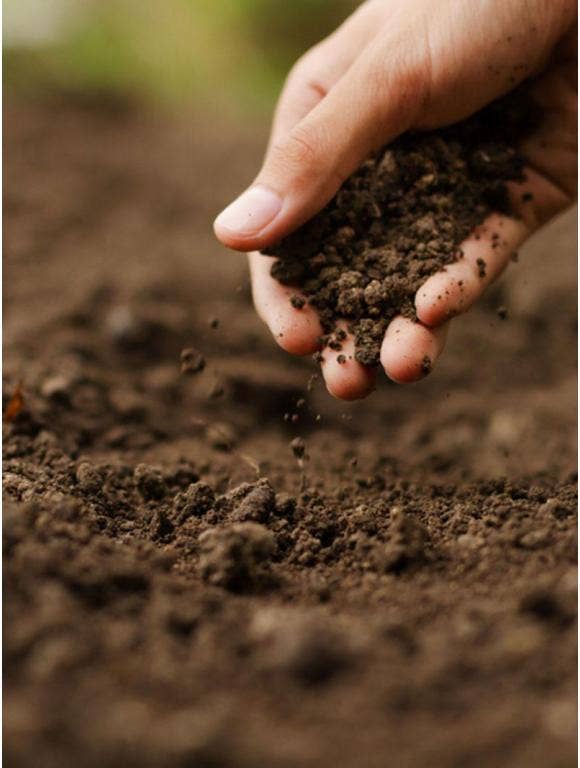
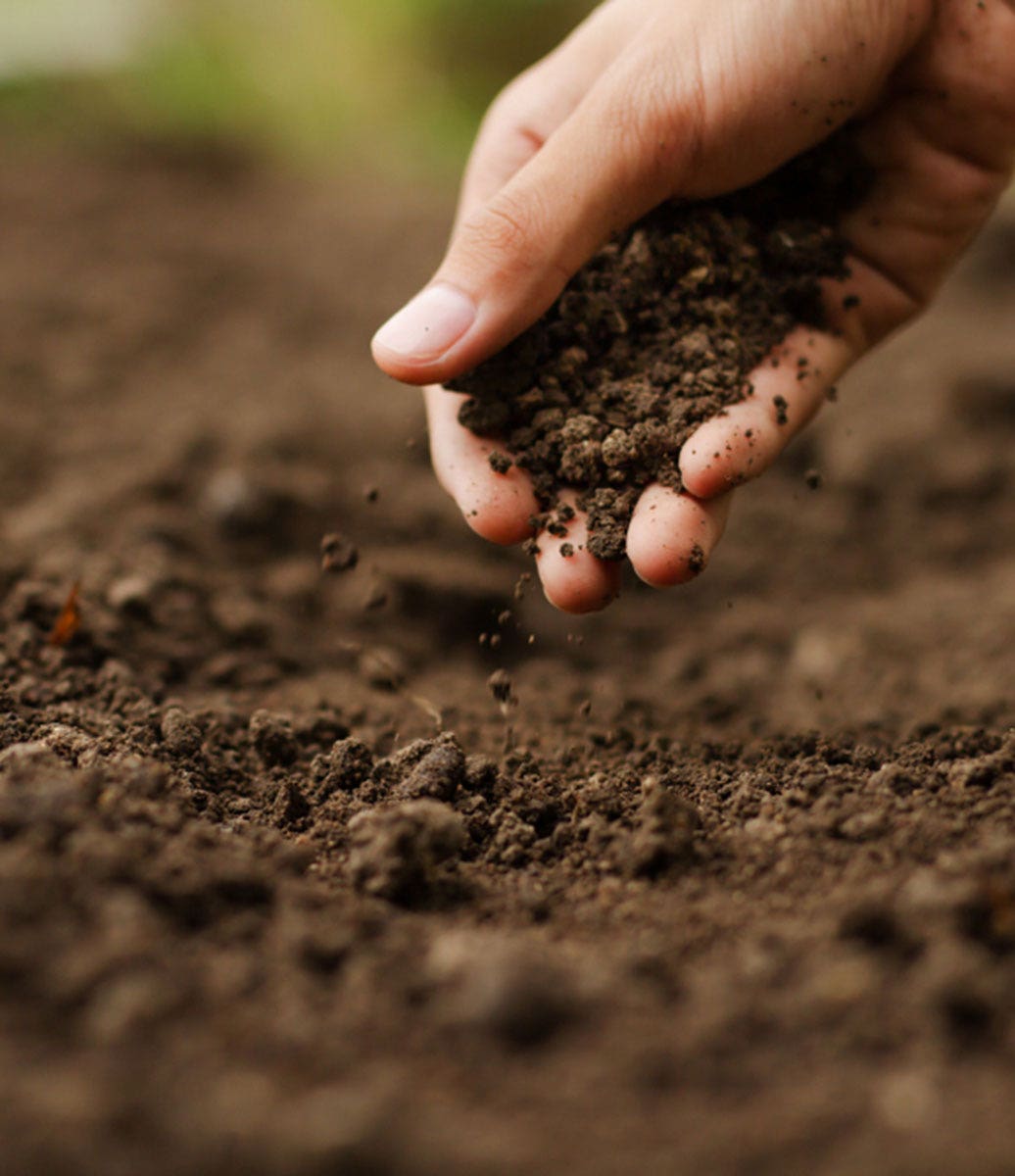

Some gardeners like to joke that the only strict gardening rule is to plant green side up. But we know that a healthy garden begins with the opposite end of that green growth, starting with the importance of soil.
Many new gardeners and even those with years of experience under their belts may not spend much time thinking about their soil unless they notice a problem. For example, if the ground turns mucky from too much rain or starts cracking because of a dry spell. However, soil is critical to a garden's success, so you should pay close attention to it — especially before planting, when it's easiest to make changes.
Choosing the Right Soil
There are many types of soil for gardening to make all kinds of plants happy — think cacti in the desert or bog plants around a pond. But the vast majority of garden plants like loamy soil that's a combination of sand, clay and silt. It retains more moisture and nutrients for plants to access.
Good soil contains something else: life! A teaspoon of healthy soil is teeming with billions of microorganisms, which play an important role in plant health. How? They decompose organic matter, using some nutrients for their own growth and releasing the excess into the soil for plants to use. That mutually beneficial relationship has been occurring underground for eons. And it's the perfect type of soil for gardening because it leads to happier plants that are better able to fend off pests, disease and environmental stresses. Check out Burpee's Garden Guide for additional soil information.
If you're gardening in a container, you should not use topsoil or garden soil — they're too heavy for good root growth in a pot. Instead, use a lightweight potting mix. Potting mix does not contain soil and is sterile, which minimizes risk of disease. Using potting mix is also beneficial because it holds water but is well drained and loose, so plant roots have an easier time penetrating the soil.
What Is Your Garden Telling You?
If your soil isn't at its best, that's when the importance of soil becomes apparent. You might notice more bare spots and more weeds. Weeds are nature's way of trying to fix bad soil, and the type of weed will be a clue to what kind of soil you're dealing with. For example, plantain and quackgrass are found in heavy, compacted clay soils, while prickly thistle and sandbur often take up residence in dry, sandy soils.
Other factors that can lead to unhealthy soil include over-tilling (which pulverizes the soil into a powder that repels water), erosion from wind or rain, lack of organic matter and excessive pesticide use. Check out Burpee's solution for weed control.
What Can You Do to Improve Your Soil?
Here's what you can do if you realize your soil is underperforming:
Amend It
Dig in leaves in fall and compost in spring. This will feed microorganisms and attract earthworms, which aerate soil and fertilize it with their waste.
Mulch It
Nature abhors bare ground — that's why we have weeds — but mulching with wood chips, shredded bark or other organic matter will help with ground cover. This cuts down on erosion, conserves moisture, moderates soil temperature and feeds the soil over a period of time.
Cover It
Plant a cover crop, which is a temporary crop that covers the soil, matures quickly and is then turned over to add organic material and nutrients. Winter rye is a popular cover crop, as it helps prevent erosion and breaks up subsoil.
Test It
With an soil tester, you can check fertility and pH (which is the measure of whether a soil is acidic, neutral or alkaline), then add fertilizer or another soil amendment if needed. Most plants like a slightly neutral to slightly acidic pH of 6.0 to 7.0. To acidify the soil, add sulfur. To make it more alkaline, add garden lime.
Fertilize It
Even healthy soil can sometimes use a nutrient boost. A soil test is your best indicator, but the plants will sometimes speak for themselves, showing stunted growth and pale leaves. Trees and shrubs seldom need fertilizing, but annuals and vegetables may need fertilizing every three to four weeks during the growing season simply because they're in a rush to grow and set seed. There are many kinds of fertilizers, from all-purpose fertilizers to ones labeled specifically for vegetables.
Keep Up With Your Soil's Health
At some point, you may need to add more soil because erosion has thinned out the layer of topsoil and organic matter breaks down. You'll know it's time to do so if you're digging a hole and the dark-brown topsoil quickly morphs into the telltale tan hue of thick, claylike subsoil — which isn't hospitable to plants. The easiest solution is to buy bagged topsoil, but be sure to test it before using as the quality can differ widely. Organic garden soil is the better solution.
Another way to check your soil is by taking a handful of the soil and squeezing it in your hand. If it stays in a ball when you release your grip, it has too much clay. Try amending it with peat moss and compost, or look for something packaged as "garden soil," which is basically amended topsoil.
Checking in on your soil's health is a simple way to keep tabs on how your garden is doing overall, especially if you're noticing some signs that your plants may need a little TLC. Healthy plants start with a healthy root system, and good soil lays the foundation for an abundant garden.
To learn more about how you can keep up with your soil's health, check out this Burpee article on soil testing.

